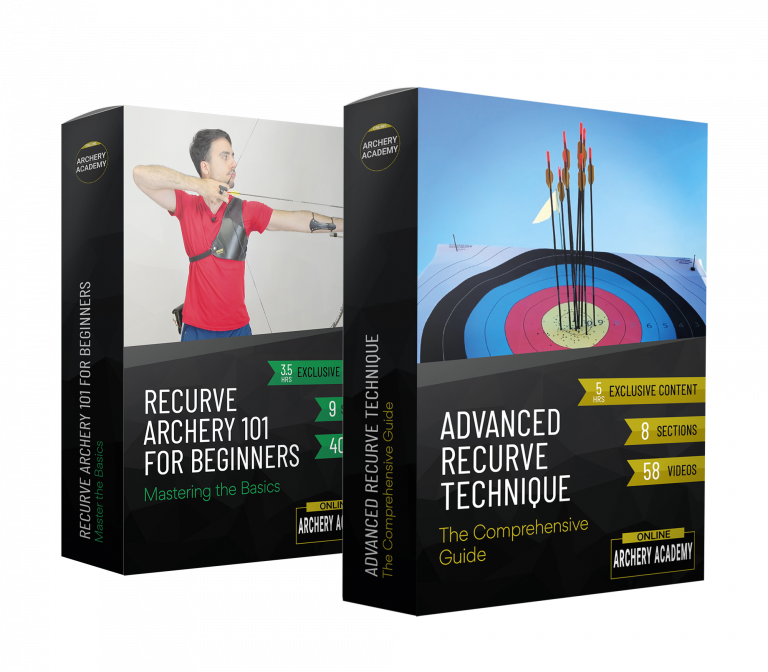Advanced Archery Coaching - From Great to World Class
Advanced Archery Coaching – Going From Great to World-Class
Today’s post is one of my favourites, because I get to provide real value to an archer by give advanced coaching feedback on their archery form. Shrishti is an extremely motivated archer who I’m sure we’ll see on the world stage in years to come. She told me she’s been using the OAA website and YouTube for a while now to improve, and has already made massive progress. However, she asked for some more specific direct feedback and today I’m really happy to be able to give some more in-depth coaching insight. As the title suggests, progressing in these areas will take her technique from great to world-class.
You can watch the full video below (there are timestamps to the sections on YouTube) and there’s also a written summary if you scroll down past the video.
The Fastest Way to Learn Archery
Save years of frustration and improve your technique and scores today. Without spending thousands on equipment or travelling hours for coaching. Plus OAA readers get 20% off.
Expert step-by-step guidance, lifetime access and a 100 day money-back guarantee, no questions asked.

Advanced Archery Coaching Feedback – The Good Points
Let’s start with posture. As you can see in the video, the archer has decent posture, and a reasonably flat back. It’s not overly arched and this shows acceptable general strength and gives the ability to use the shoulders in generally the correct way. However, there is some improvement that could be done here, and I’ll talk a bit more about that later.
Secondly, the alignment through the draw elbow when viewed from behind is great. Alignment of the elbow past the arrow line is an absolutely crucial part of world-class technique, so I’m extremely happy to see this here. Having the elbow in-line or just past the arrow line will pay HUGE dividends for this archer. It will also make the whole form much more consistent and resilient during competitions.
Another great area is the draw-side connection. I can tell that the archer has worked hard on this, and they have good connection from the hook to the elbow as a result. The forearm and draw wrist shows a good line through most of the shot and allows the elbow alignment which I previously mentioned. What’s more, this draw-side connection allows the draw scapula to move smoothly and reduces the load on the shoulder joint.
Finally, it’s very clear the archer has a good understanding of the basic shot cycle and structure. There are clear stages to the shot where they ensure the hook, grip, posture and expansion. That’s not to say there are no areas where they can improve, but the general structure and understanding is there. This is a huge advantage.
Advanced Archery Coaching Feedback – Points To Improve
As you read through these points, remember that I’m going to be extremely picky here. This archer’s technique is very good. I want to be clear on that. But this points are what will take this archer from their current level, to really being a world-class recurve archer.
Posture
I’ll start with posture again, because as I’ve said thousands of times, it’s essential. Although the general posture is great, there are some key areas to improve. If you look closely in the video, there is a distinct point when the back does arch slightly. This is when the archer is aligning the shoulders. The back goes from flat, to slightly arched. This is an extremely common area to slightly lose the posture, and the cause of this will become clear shortly.
Secondly, there is some body swaying and pelvis movement. You can see this especially on the moment of release. This tells us that the engagement of the glutes and legs isn’t quite as good as it could be.
Bow Position
The bow starts off quite far to the right of the archer, meaning they have to “swing” it over to the left by a large amount as they lift the bow. This position also encourages the shoulders to be too much in alignment (in relation to the target) too early on.
String Drag
There is some fairly strong string drag on the chest guard as the anchor comes in to anchor. This encourages a slight forward movement of the head as the archer reaches anchor, and could also change tuning and cause clearance issues.
Shoulder Positioning
At the set position, the shoulders are quite close to being aligned to the target. It would be better to have the shoulders in a more open position when at the set position. This would allow the archer to rotate the upper body later in the shot cycle (during the peak bow lift height) so they can reach the set-up position and get better shoulder alignment.
The bow shoulder appears to be slightly high and possibly slightly rolled over. This is caused by a combination of the set position and the slight arching of the back.
Release
The release is generally very good, but there is a small collapse on the bow shoulder at the moment of release. There is also a slight collapse on the draw side as detailed in the video too.
Head Movement
As the archer comes into anchor, there is some slight head movement towards the string, possibly caused by trying to minimise the amount that the string touches the chest guard.
Advanced Archery Coaching Feedback – The Solutions
To start with, let’s explain why the above areas are being impacted in the archer’s shot. At the set position, the shoulders are too closed (aligned) to the target, which causes the archer to place the bow quite far to the right in order to achieve a straight draw hand/wrist/forearm line. Having the shoulders too closed means that when the archer lifts the bow and rotates the upper body, there isn’t enough room to rotate around and get into alignment. As a result, they attempt to get more alignment by arching the back. Needing to swing the bow over to the left too much exaggerates this.
In short, having the shoulders too aligned at the set position actually results in WORSE alignment later on.
Then, the posture being compromised affects the ability to keep the shoulders in a neutral position. This affects the bow shoulder position and even the head movement through the shot. It increases the amount of chest guard contact with the string too. As a result, it’s more likely that there will be a collapse on release, because the final alignment isn’t quite correct.
As you can see, just a couple of minor points at the start of the shot can have a large impact.
The solution is simple, but it’s easier said than done (like many things in archery!).
Before the set position, the archer needs to ensure the legs are straight and glutes are slightly engaged. Feeling as if they are rotating the feet outwards will help do this, and tilt the pelvis under the body and into a more stable position. Then, at the set position the archer needs to open the shoulders to the target more, whilst maintaining the draw-side connection. They also need to bring the bow slightly left, so they don’t need to swing it over by a large amount as they lift the bow. Having the bow slightly right is good, but not by the amount previously. Then, as the archer reaches the peak height of their bow lift and aligns their shoulders, they need to make sure they maintain the core engagement. They also need to maintain the head position and keep the shoulders in a neutral position.
All of these steps will greatly increase the chance of getting MUCH better final alignment. If the archer really progresses with the posture it will also reduce the string drag on the chest guard, and reduce any collapse that was happening during the release.
I’d like to thank Shrishti for sending in her shooting videos and for using the website to improve so much! I made this website free for archers around the world because I just wished I had something like this when I was earlier on in my career, so it makes my day to hear when archers from all corners find it helpful.
I hope this was a helpful example of some more advanced archery coaching feedback – there are also some more videos on this topic (and many more) on the Online Archery Academy YouTube Channel. You can also read our guides on How To Learn Archery, Recurve Archery Basics, and How To Train for Archery.
